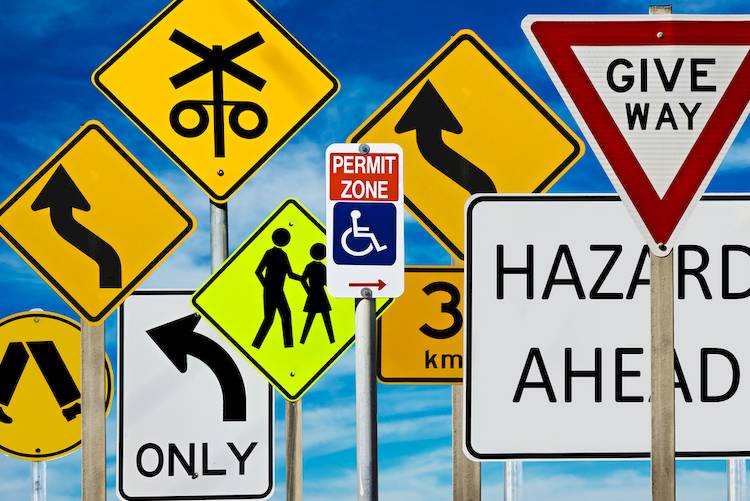

While you may know the rules of the road in the state in which you live, that does not mean that each state you visit or even move to will have the same laws. If you are planning to visit or move to Delaware, you will need to make sure you are aware of any laws that may be different from those in your home state. The following are the rules of the road for Delaware drivers that may differ from those in other states.
Driver’s license
Drivers who move to Delaware have 60 days from the time they become a resident to apply for a driver’s license.
Anyone who rides a motorcycle, scooter or any other motor-driven vehicle with two or three wheels is required to have a motorcycle endorsement in order to ride on Delaware streets. Those under 18 must complete a Motorcycle Rider Education Program and have their parent or legal guardian’s signature on the motorcycle application.
Students who are expelled from school will have their driver’s license suspended until the expulsion is no longer in effect, his or her 19th birthday or after a period of 2 years after the expulsion.
If a driver is arrested for Driving Under the Influence (DUI) or any other alcohol related offense, his or her license is taken when arrested. A 15-day license is issued, and the driver has to request an administrative hearing within that 15-day period to avoid having their license revoked.
Required equipments
All vehicles must have working headlights and taillights when driving on the road.
All vehicles must have a license plate light with a white light.
Windshield and windshield wipers are required on all vehicles.
Rearview mirror (or side mirrors if the area between the rearview mirror and rear of vehicle is blocked) is required.
All vehicles must have a muffler that prevents excessive or loud noise.
Safety belts
All vehicle occupants are required to wear a seatbelt.
Police officers can make stops based solely on a person not being buckled inside a moving vehicle.
Children under the age of 8 or weighing less than 65 pounds must be in a child safety seat that is designed for their height and weight.
Right of way
Drivers must yield right of way to pedestrians even if they are crossing the street illegally.
Bicycles are given the same rights as vehicles. Drivers must yield to bicycles just as they would another car or truck.
Drivers must yield right of way if not doing so will cause an accident.
General rules
Studded tires - Studded tires are permitted between October 15th and April 15th only.
Headlights - Headlights must be on when visibility is less than 1,000 feet or any time the weather requires the use of the windshield wipers.
Insurance - A driver must have insurance on all vehicles driven on the roadways. If cancelling a policy without immediately instating a new one, drivers must surrender valid license plates from the vehicle.
Flashing red arrows - Drivers must stop at the intersection to make sure the path is clear before making the turn.
Cell phones and handheld electronic devices - It is illegal in Delaware to use a cell phone or any other handheld electronic device to make calls or text unless using a hands-free device.
Signaling - Delaware laws require drivers to signal when turning or stopping 300 feet prior to completing the intended action.
Evading lights or signs - It is illegal to use private property to avoid a road sign or traffic signal.
Parking - When parking on a road by the curb, the tires of the vehicle must be within 12 inches of the curb.
Front seat - Children under the age of 12 or who weigh less than 65 pounds are not permitted in the front seat of a vehicle.
These are the rules of the road in Delaware that may differ from those in other states. If you would like more information or you have questions, consult the Delaware Driver’s Manual.



